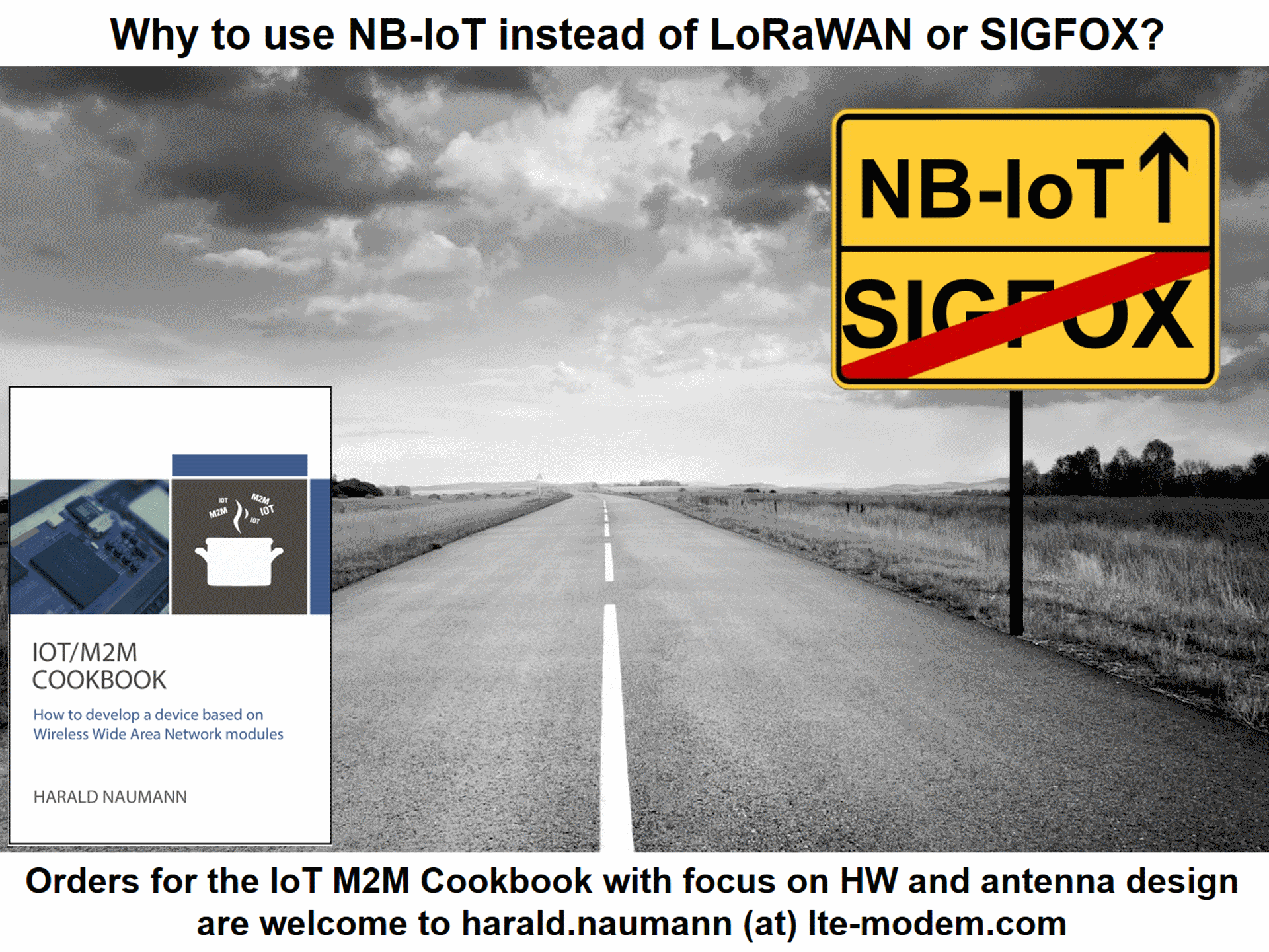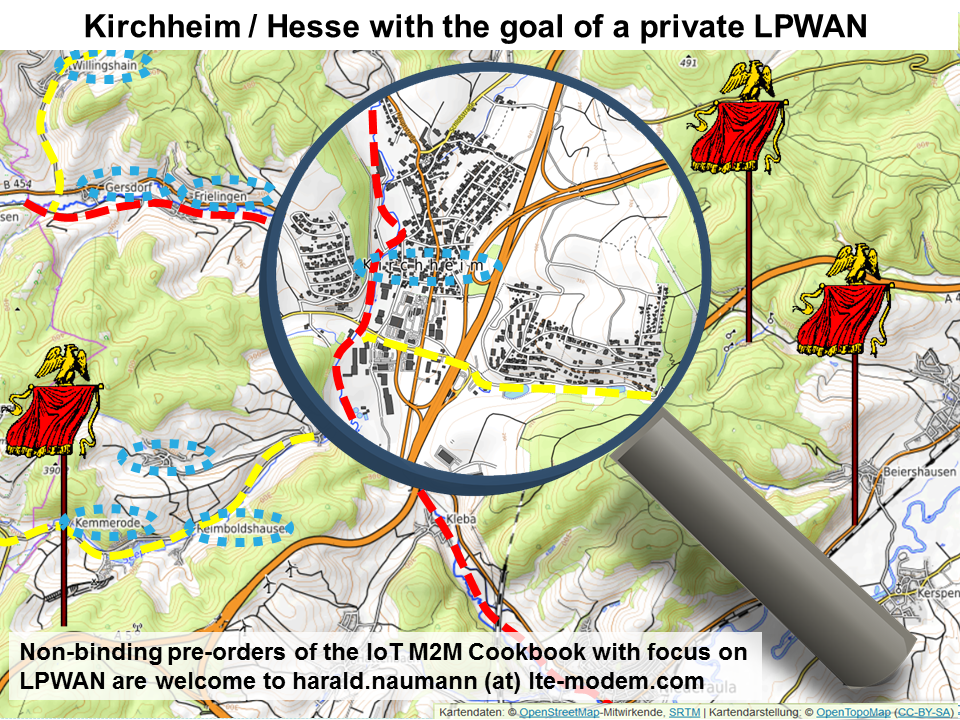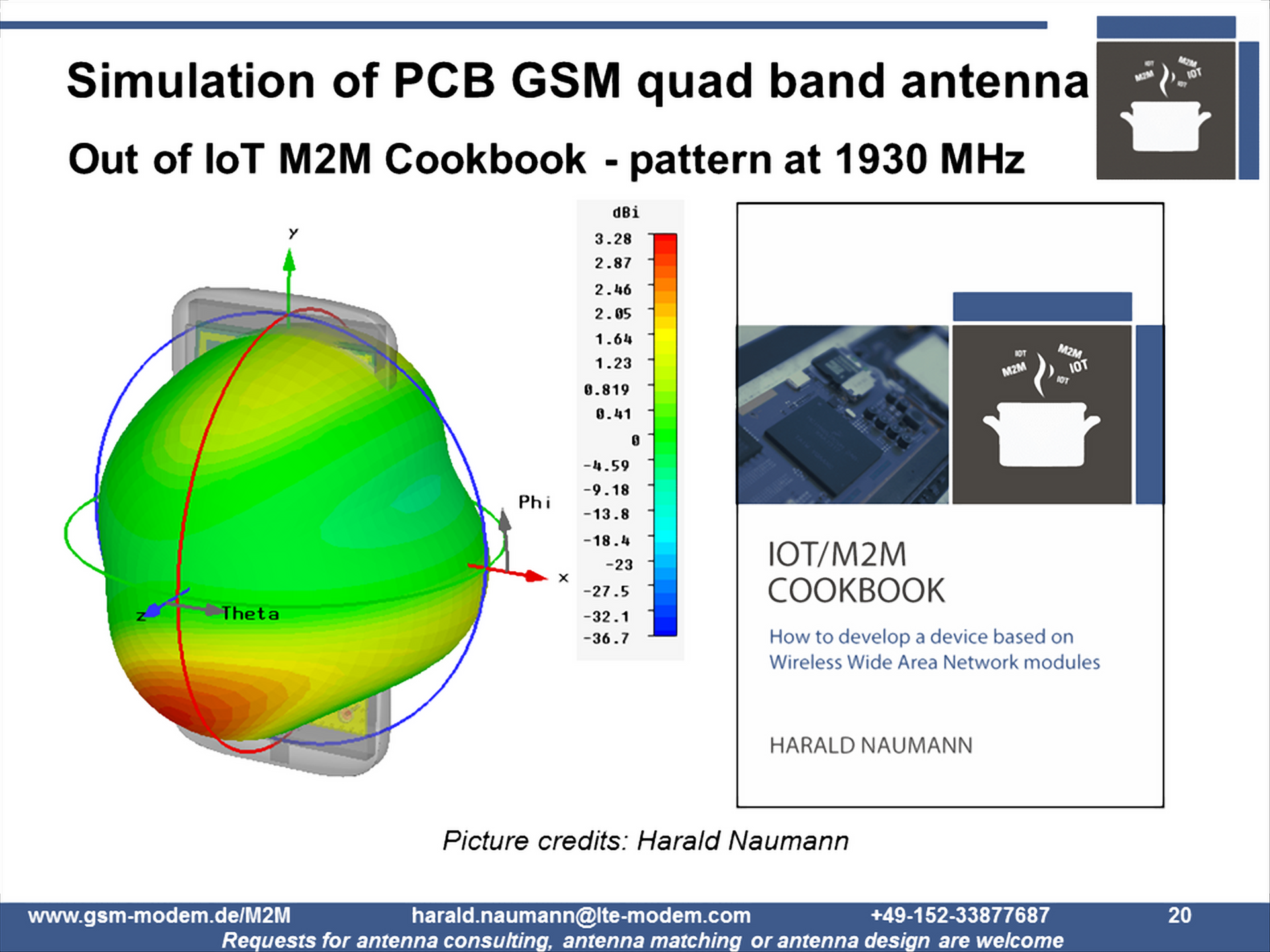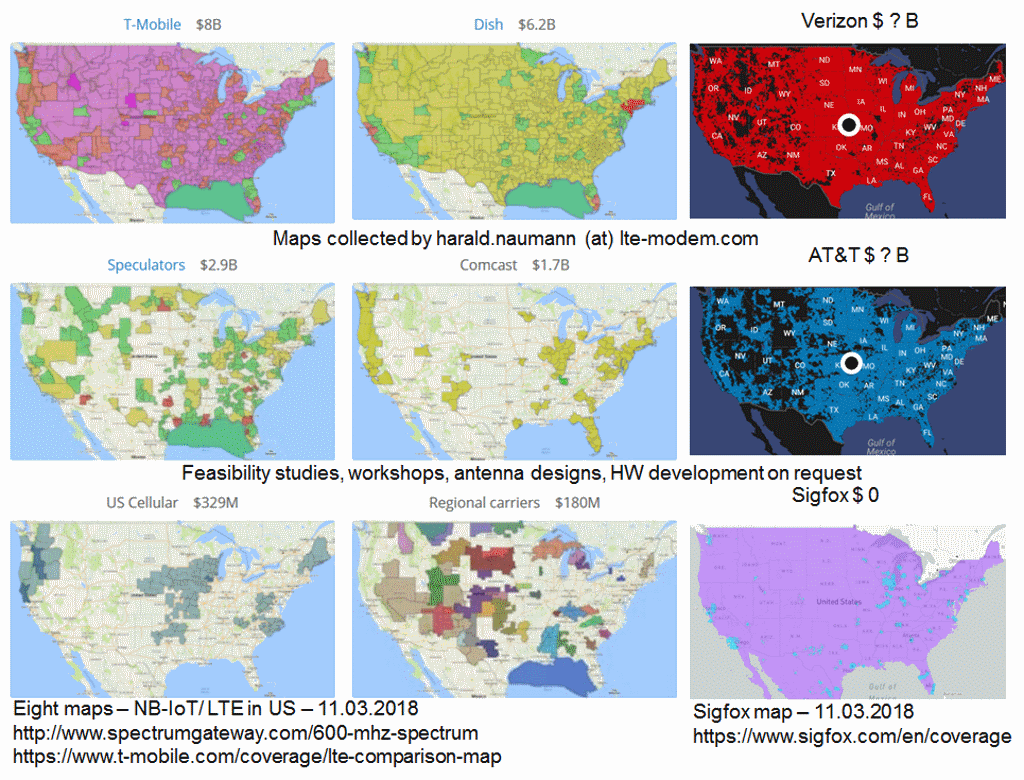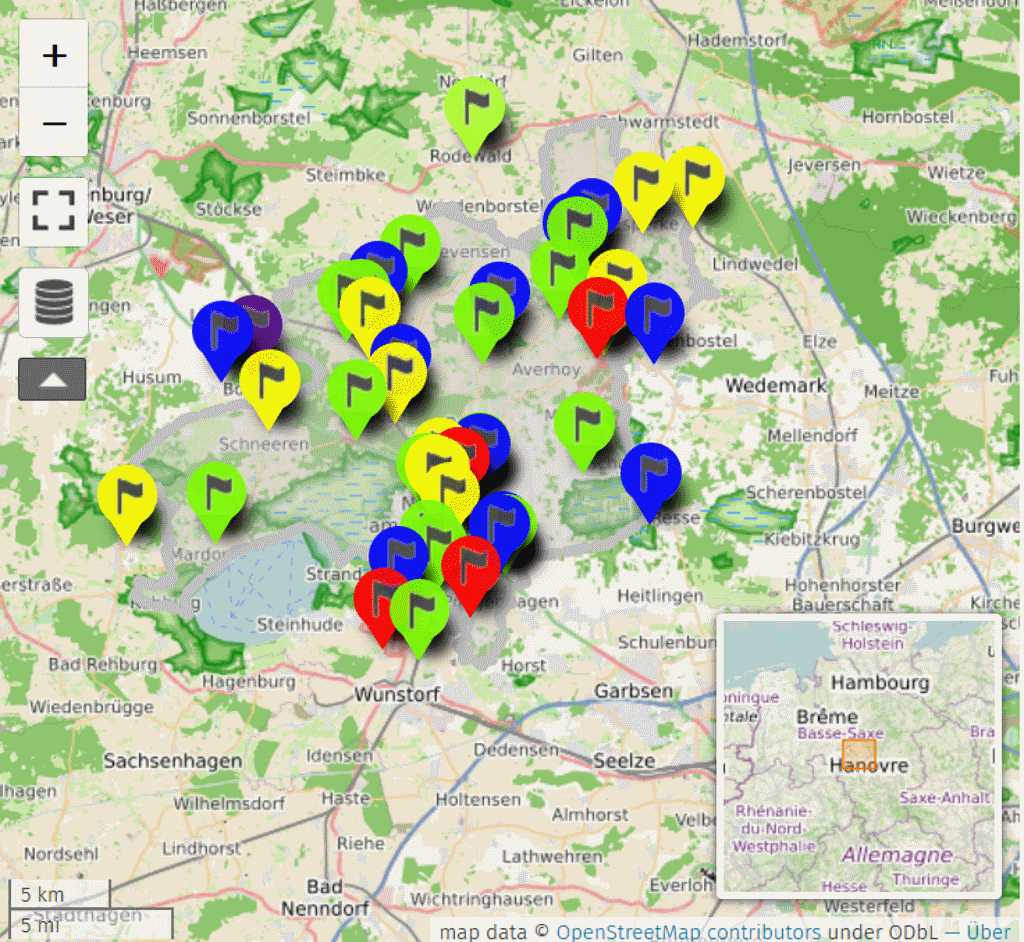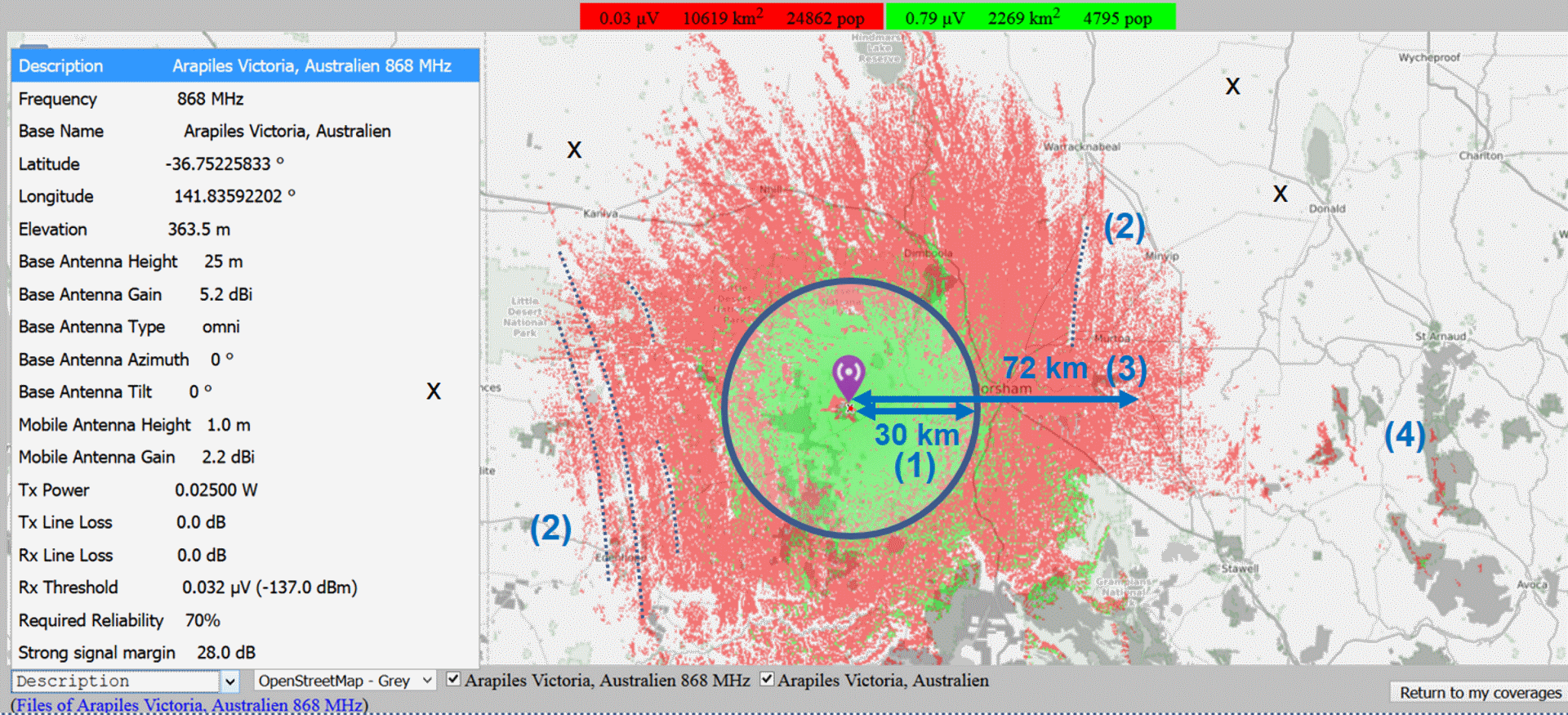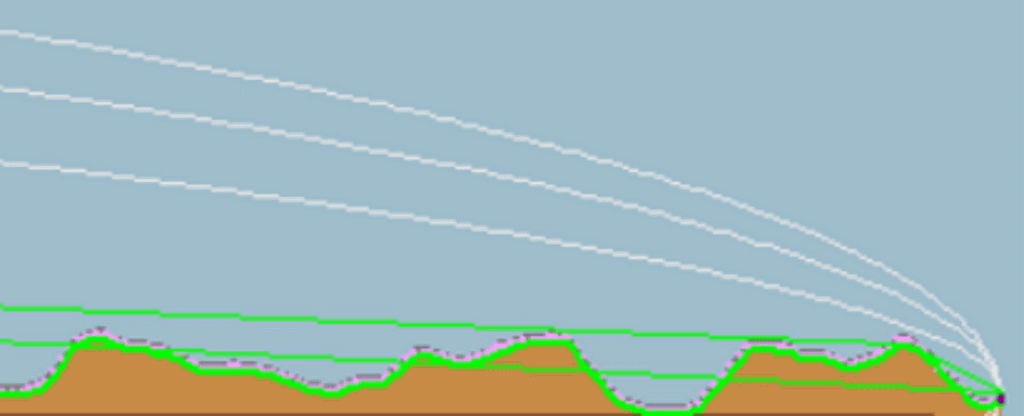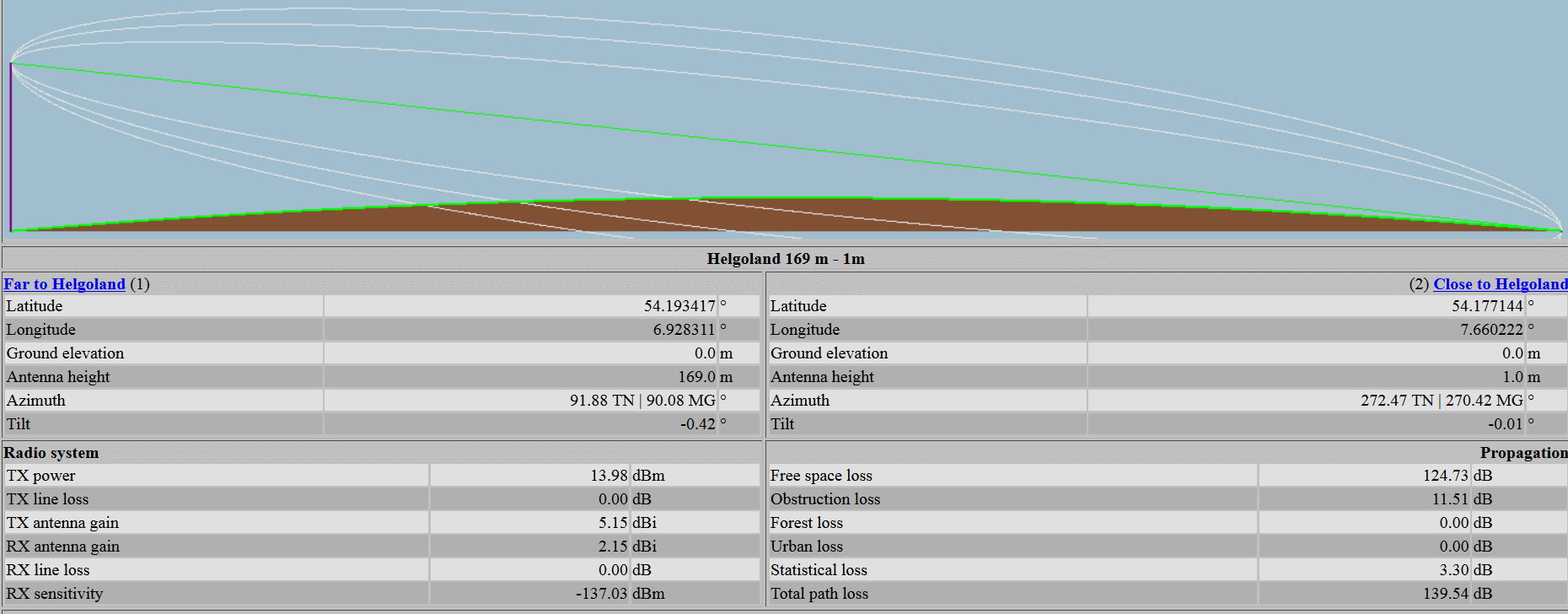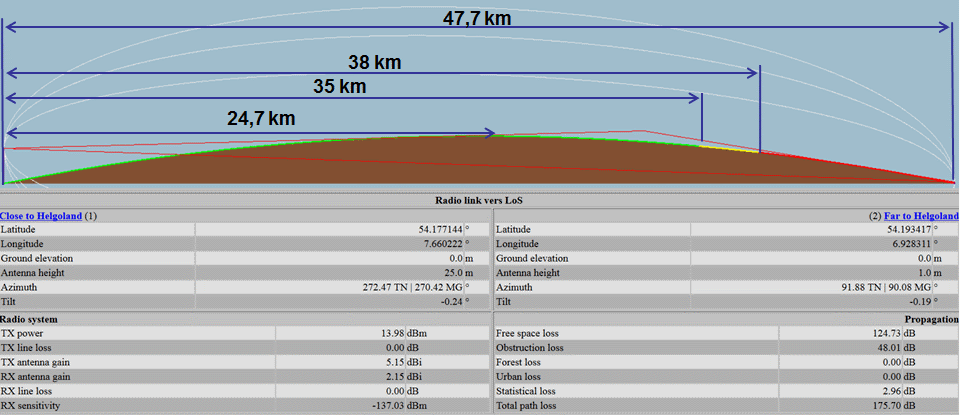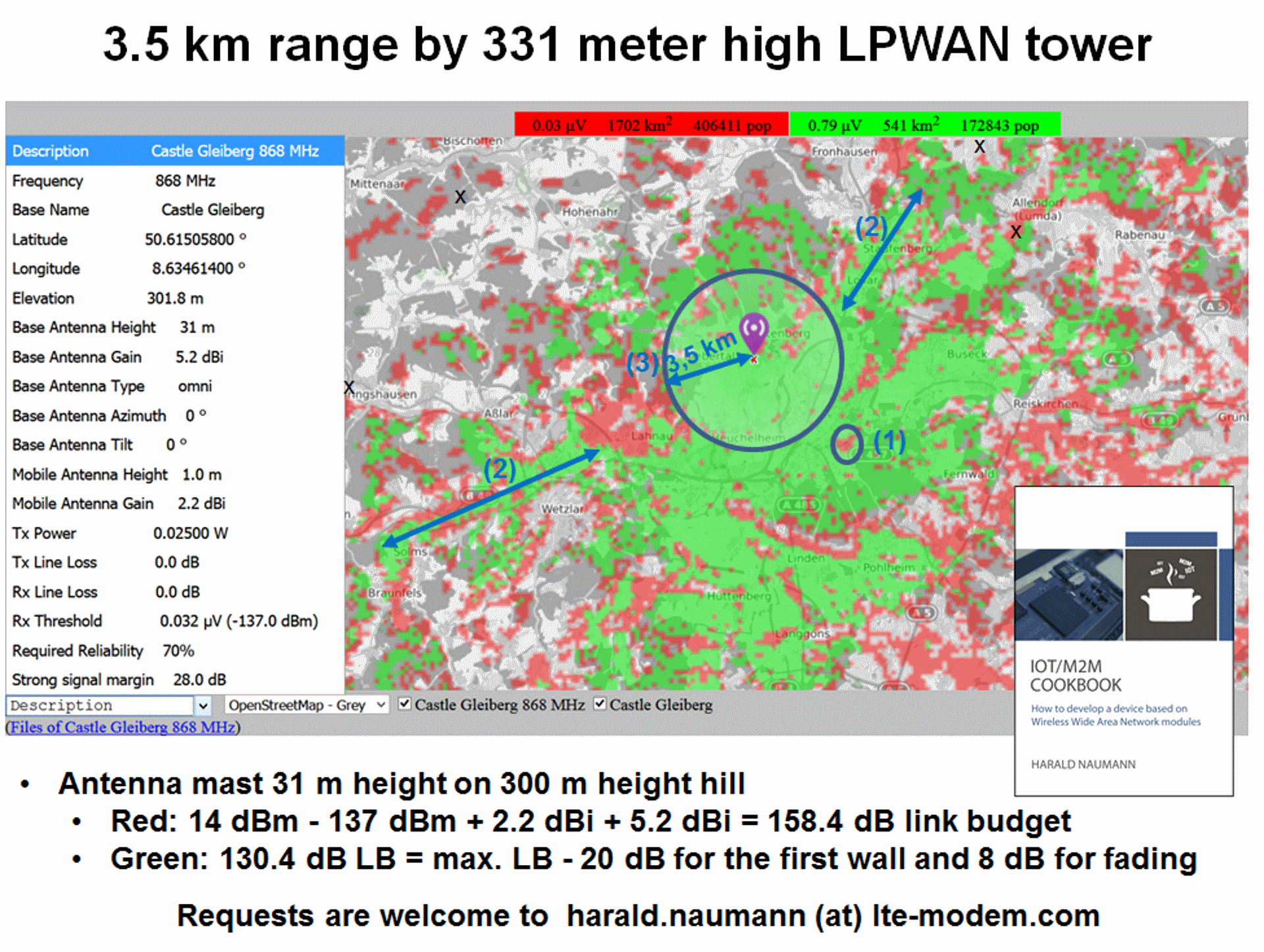Why now NB-IoT instead of LoRaWAN or Sigfox? There are hundreds of reasons for NB-IoT and hundreds against LoRaWAN and Sigfox. Below is a typical example. The potential customer already prefers NB-IoT and we can deliver NB-IoT with fallback to GSM. In Germany there is no Sigfox Indoor in my city. In the three neighbouring […]
Tag: LPWAN
Private LPWAN for a small village in Germany
LPWAN for a small village – not in Gaul (Latin: Gallia) The year is 2019 Anno Domini, and cellular operators occupy all Hessian and a lot of them have imperfect indoor coverage in the basement of houses. Well, not entirely… One small village of indomitable Hessians plans to change it. However, how can Harald, Martin […]
IoT M2M Cookbook – The outlook for embedded antenna design
The IoT M2M Cookbook contains a simulation of a dual F antenna for cellular. This antenna has been customized several times by customers, or by us on behalf of customers. The Gillette order button using this base design and described in the book supports NB-IoT, LTE-M and GSM from about 750 MHz with 960 MHz […]
NB-IoT and Sigfox comparison – number of operators in Germany and the States
In order to minimize the risk, the developers of IoT devices try to avoid single source components and services. For microcontrollers and radio modules it becomes difficult, but mostly similar components from different manufacturers are used. The LPWAN technology has to be chosen sooner or later. NB-IoT and LTE-M are offered by different network operators […]
LPWAN gateway simulation in Neustadt am Rübenberge
Neustadt am Rübenberge is a town in the northwest of Hannover with an area of 359 km2. Only about 18,000 inhabitants live in the city centre. The remaining 23,000 inhabitants live in the surrounding 33 villages. Neustadt am Rübenberge is the ninth largest town in Germany in terms of area on the list of all […]
LPWAN on a high hill in Australia
LPWAN gateway on a farm in Australia – diffraction of radio wave
When a rectilinear radio wave hits an edge, it changes its course. This effect is called diffraction. By diffraction, we understand a bending effect during the propagation of electromagnetic and acoustic waves. The diffraction causes a change from the straight-line propagation of the waves and occurs at obstructions, mountains or buildings. A simple, free simulation […]
LPWAN gateway in the middle of the North Sea – Fresnel zone
Low frequencies in the 900 MHz range are a blessing and a curse for LPWAN. The low frequencies spread further in the open field and penetrate the walls of buildings better. But the curse of the low frequencies is the much wider Fresnel zone. To ensure undisturbed transmission, the space between the transmitter and receiver […]
LPWAN gateway in the middle of the North Sea – k-factor
We have explained the basics for calculating the range in the last block posts. The free space attenuation, line of sight and also the prediction of wave propagation on the Hata model are part of the simulation software of the following chapters. Hot air balloons are often used in the unlicensed band to show the […]
